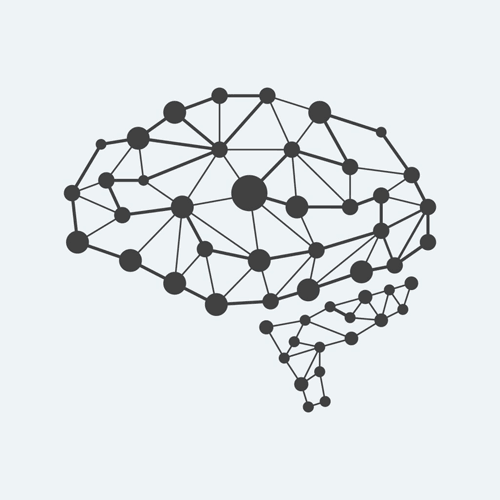I love the comments I get from people who see a Causal Decision Canvas for the first time.
Once they get to grips with the cause-effect concept they start exploring the Canvas. They’re drawn into the story of the whole system, the dynamic structure, the feedback loops.
They ask questions: What does it mean when that circle or arrow is bigger, fatter, brighter? The Causal Decision Canvas Anatomy helps to answer these questions.
Then people see brains. The shapes formed on the causal canvas literally look like human brains (well, apart from the one which looked like a mouse’s head).
This is the perfect visual metaphor because the pictures emerge from our mental models which are usually trapped, unseen, inside our heads.
Seeing a picture makes something more concrete. Our strategies have taken shape before our eyes; we can see their form with renewed clarity.
Usually though, the early versions of a Causal Canvas are a mess. We have to acknowledge and embrace this complexity because it naturally reflects the myriad ways people think about the world. But we can then start to tame that complexity with visual analytics.
We can get rid of the ‘noise’ and just retain the most influential paths and loops. We can emphasise parts of the model to draw out themes. We can see where we’ll get the most ‘bang for our buck’.
We can point to the most important decisions and outcomes to show where we need to reduce uncertainty or design new performance measures. We can re-cast these parts of the model for more formal problem analysis, or a business case.
The model requires us to express claims, opinions, beliefs, variables and probabilities rather than commit to certainties. The dialogue revolves about the ‘structure’ of the causal model rather than a reflection or judgement of individual positions.
This gives us a new, visual vocabulary. We can articulate purpose, vision, mission, goals, objectives, strategies, decisions all in one place. We can show how investments, initiatives, programmes, projects, interventions could change something for the better.
With this big picture in front of us we can think more clearly and communicate more clearly. In a world of noise, both inside and outside our brains, that’s something worth seeing.
